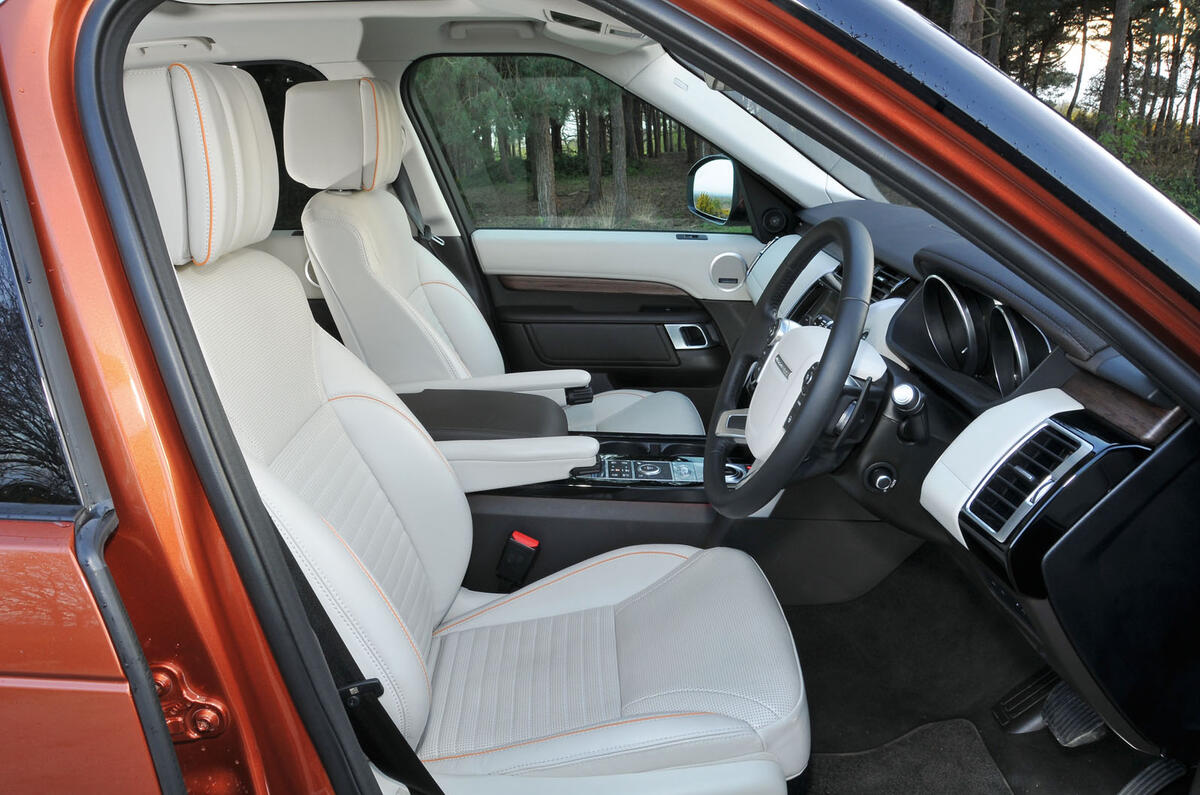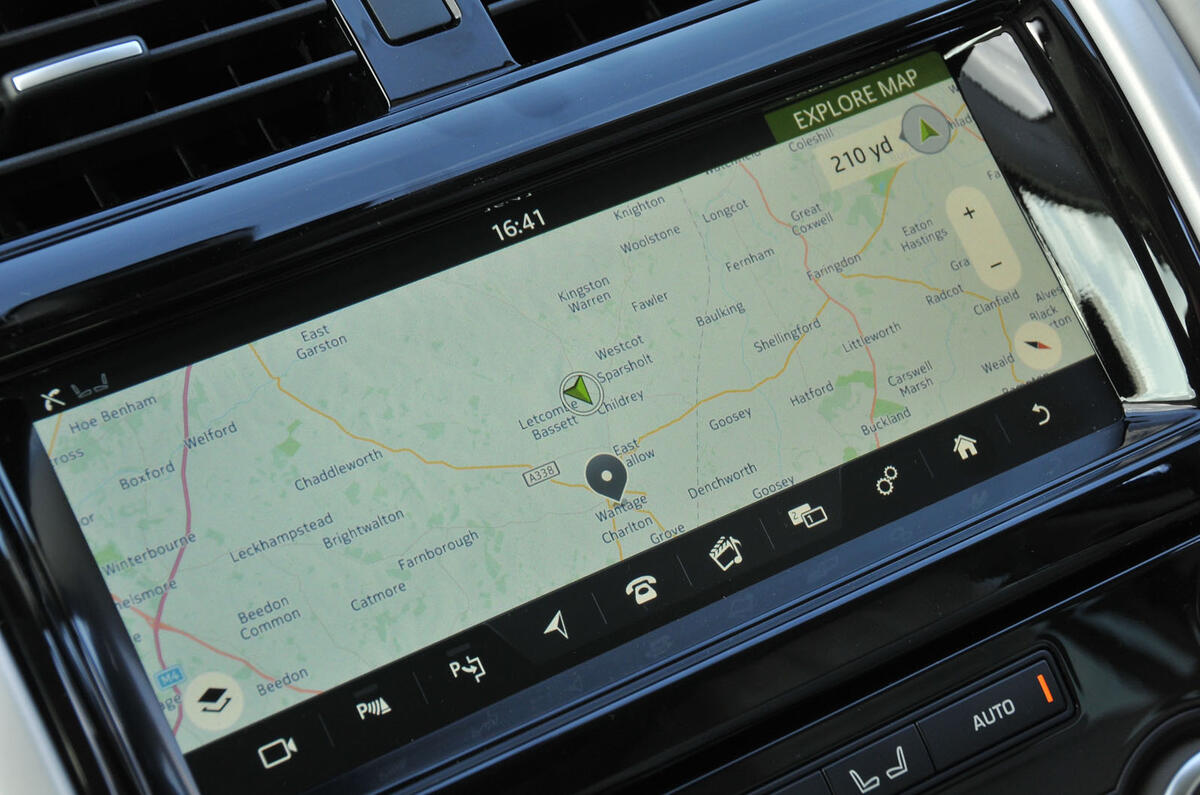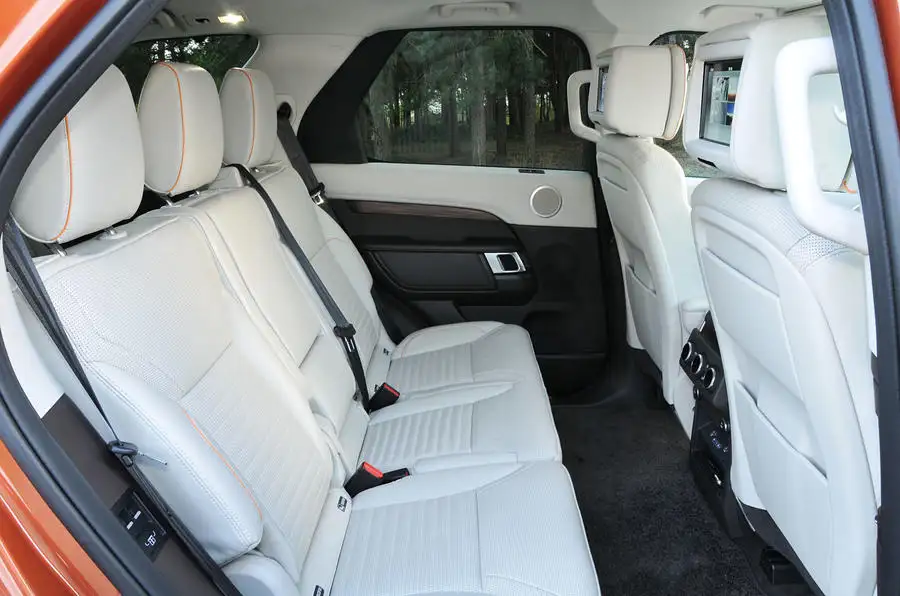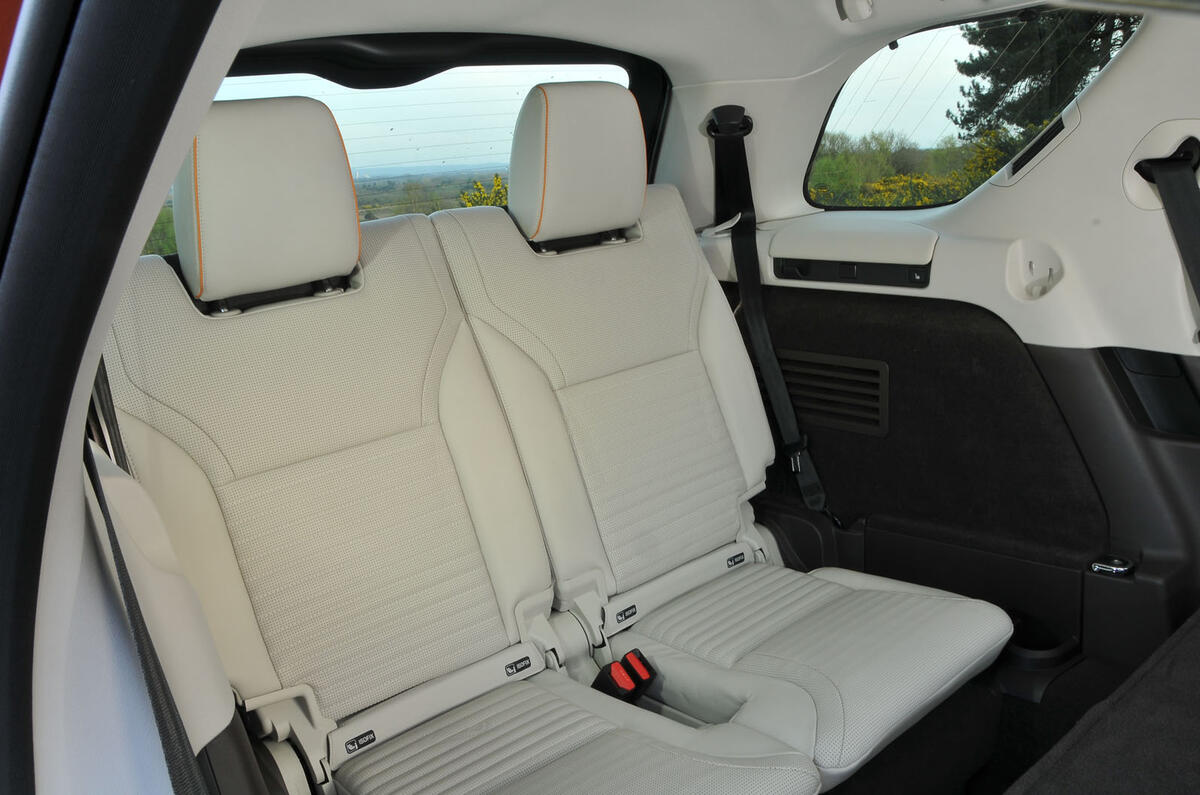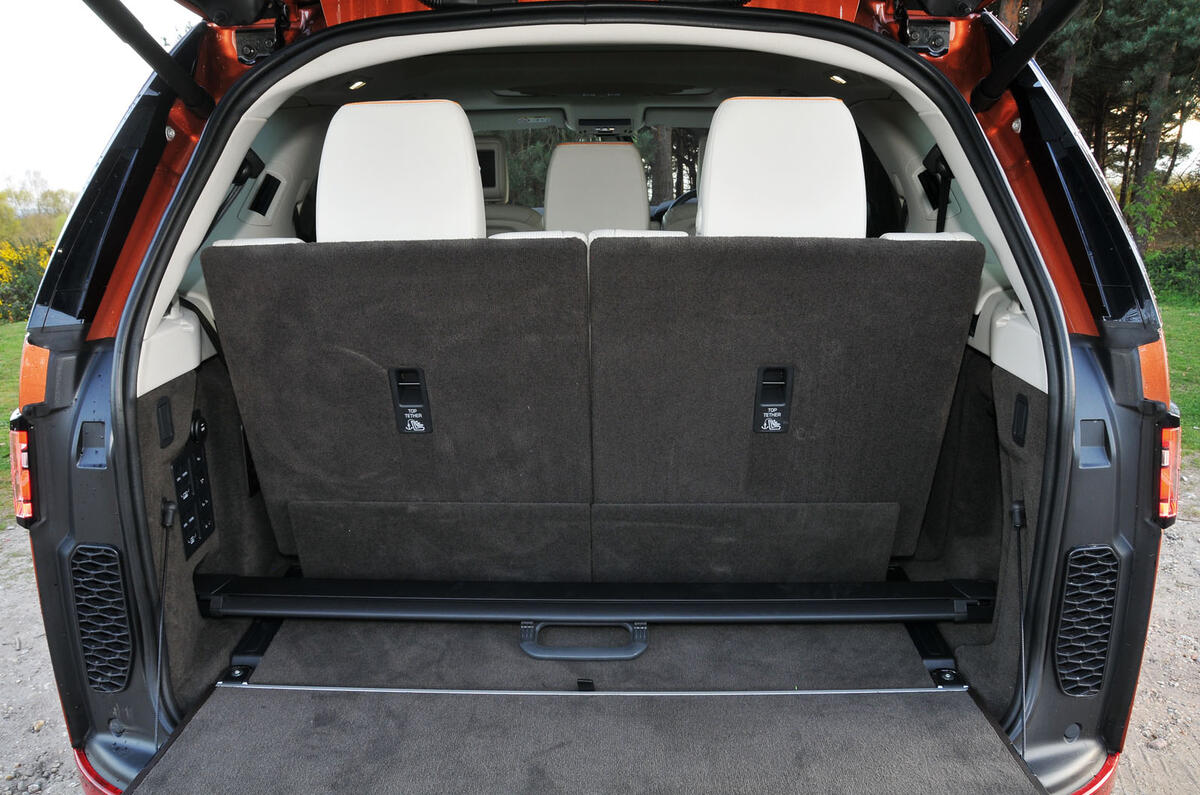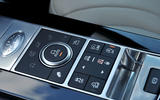The adoption of the Range Rover Sport’s all-aluminium monocoque is actually a reversal of the previous model’s relationship with its sibling.
Previously, it was the Sport that followed the Discovery, employing the same two-chassis system (dubbed the Integrated Body Frame by Land Rover), despite its on-road bent.
The amalgamation of a unitary body (incorporating the engine bay and passenger cell) with a ladder frame was ideal for the peculiar combination of durability and imperiousness that made the Discovery famous.
Yet it was heavy and technically complicated to manufacture, making its replacement with current shared architecture as inevitable as the styling rethink.
Make what you will of the vehicle’s appearance – Land Rover is adamant that the softening of the previous model’s idiosyncratic lines was essential to broadening its appeal – but the new architecture brings more interior space as a result of a longer wheelbase and the better all-round performance that comes with a weight loss of up to 480kg, depending on model.
The drastic reduction in mass has permitted Gaydon to overhaul the engine line-up. In early iterations the Discovery was offered with four-cylinder engines, but as it moved through life cycles it ended up as a six-cylinder-only option.












